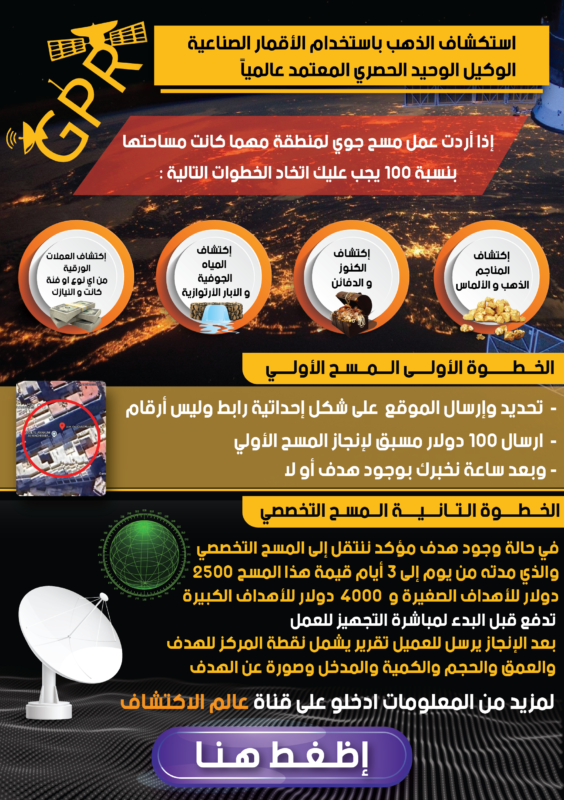The story of the electromagnetic field
In the past, scientists believed that electric and magnetic forces were two separate forces, and that they were unrelated. But in 1873, a Scottish physicist published James Clark Maxwell His famous study, Studies in Electricity and Magnetism, proved that positive and negative electric charges interact through a single force that combines electricity and magnetism. He summarized this in four main points:
Attraction and repulsion between charges: Attraction occurs between different charges, while repulsion occurs between like charges. The strength of attraction or repulsion depends on the distance between the particles.
Interaction of magnetic poles: Magnetic poles interact similarly to electric charges.
The effect of electric current on the magnetic field: When an electric current passes through a metal wire, a circular magnetic field forms around it, the strength of which depends on the strength and direction of the current.
The effect of motion on the magnetic field: If a metal wire moves in an electromagnetic field, it generates an electric current that depends on the strength and direction of the field.
Evolution of Scientific Concepts
Seven years after Maxwell's death, the German scientist Heinrich Hertz The electromagnetic induction experiment that changed the course of industrial life. Hertz connected an electric current to a circuit and transferred the resulting field to a neighboring circuit, generating an electric current in it. Later, the Italian scientist Guglielmo Marconi electromagnetic waves to send signals across the Atlantic Ocean, paving the way for the wireless revolution.
Modern applications
Today, our lives are unimaginable without electrical devices based on electromagnetic induction theory, such as generators, motors, communication systems, and radio and television broadcasting.
Electromagnetic field and auras around metals
Metal objects buried underground are exposed to environmental factors such as pressure, heat, oxidation, and moisture, leading to the formation of an electromagnetic aura around them. This aura can be detected using metal detectors that rely on sending and receiving electromagnetic waves to analyze changes in the field.
Remote Sensing Science
One of the exciting applications of electromagnetic theory is remote sensing. Using the electromagnetic energy bouncing off objects, images can be analyzed to find natural resources, predict natural disasters, and study the properties of the Earth's surface.
Conclusion
From Maxwell's research to today's advanced applications, the electromagnetic field has emerged as the foundation of scientific and technological progress, highlighting its importance in improving the quality of life.
Fast and reliable delivery
We ship to Morocco and all over the world, ensuring that gold lovers around the world can benefit from our high-quality devices.
Free delivery
Free delivery throughout Morocco.
24/7 support
Feel free to ask our customer service any questions you may have.
Secure Purchase Guarantee
We accept Visa, Mastercard, American Express, PayPal, and Cash on Delivery



